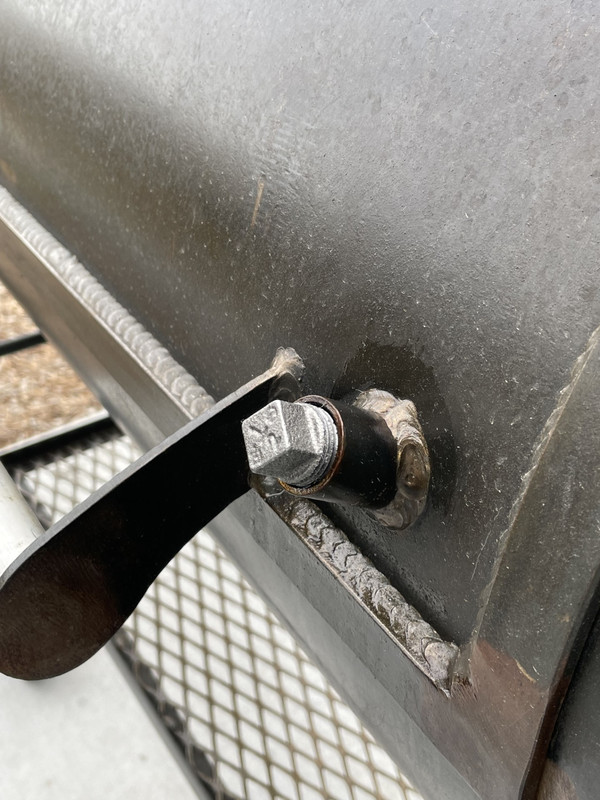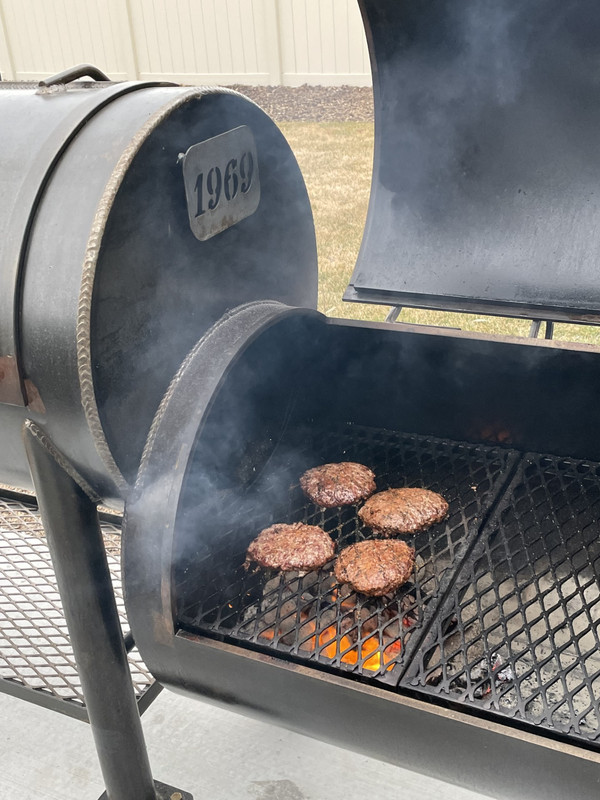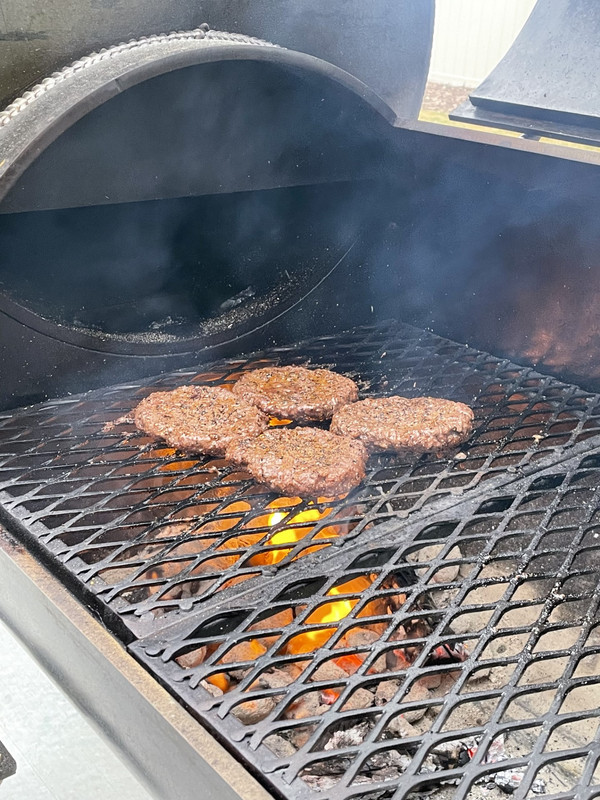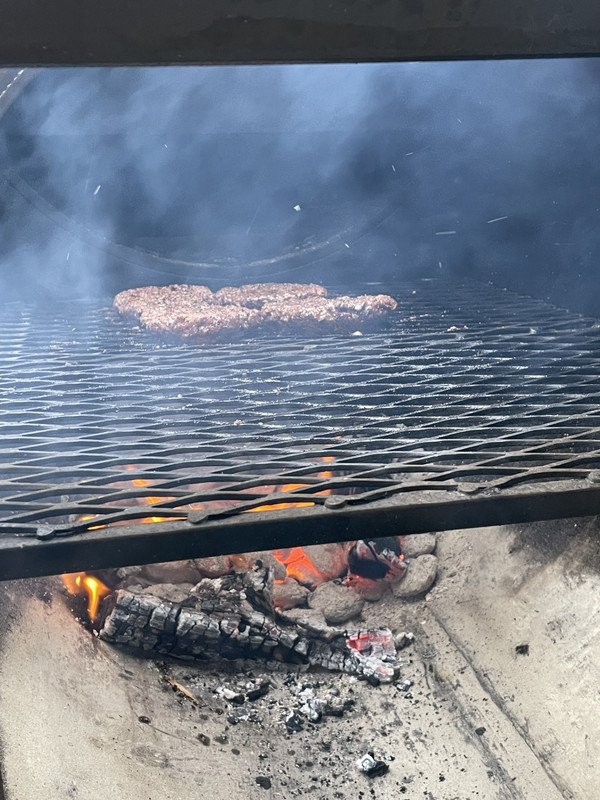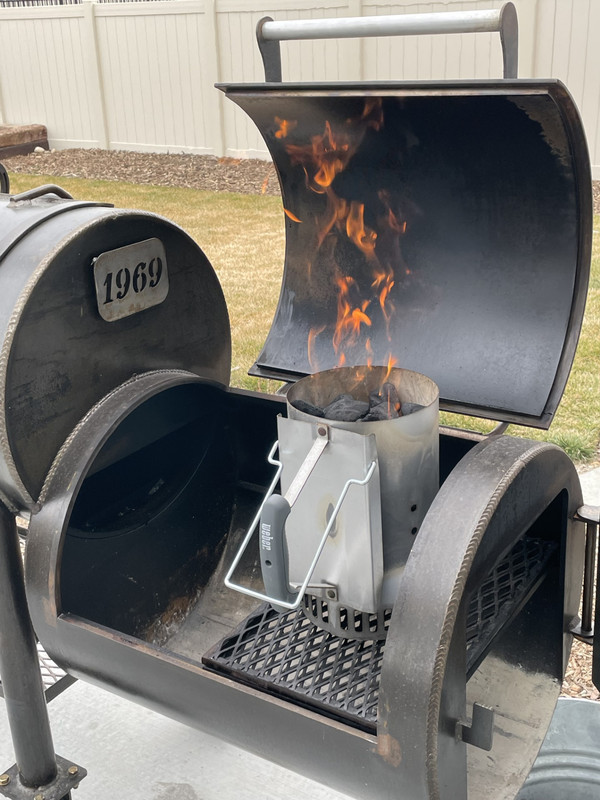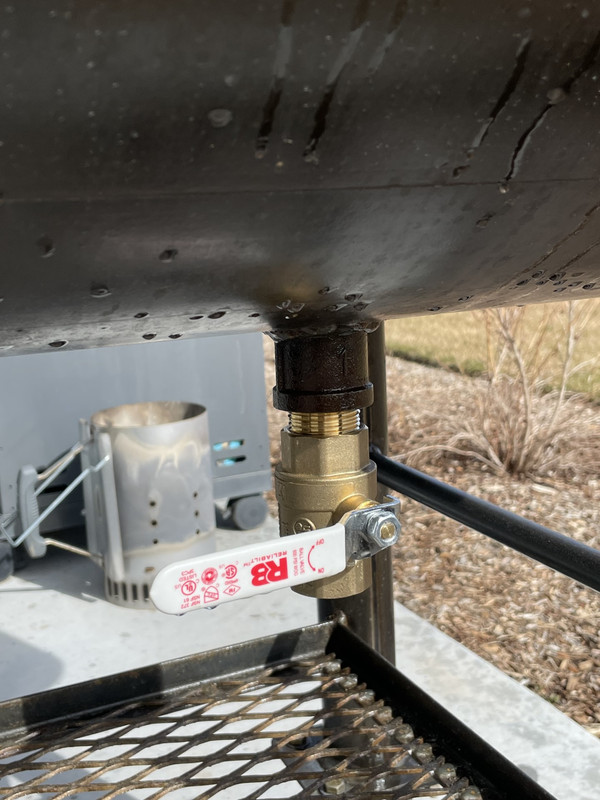Over the next few days I intend to post pictures showing features of my new Workhorse Pits 1969 that might help someone trying to decide whether to buy one himself or choose a competitor's pit instead.
I'll start with what is already a favorite part of the design: no lip at the bottom of the firebox and an ash removal tool that not only fits the contour of the pipe perfectly but also fits inside the firebox when not in use.
This makes for the easiest charcoal/wood fire ash removal I've ever experienced.
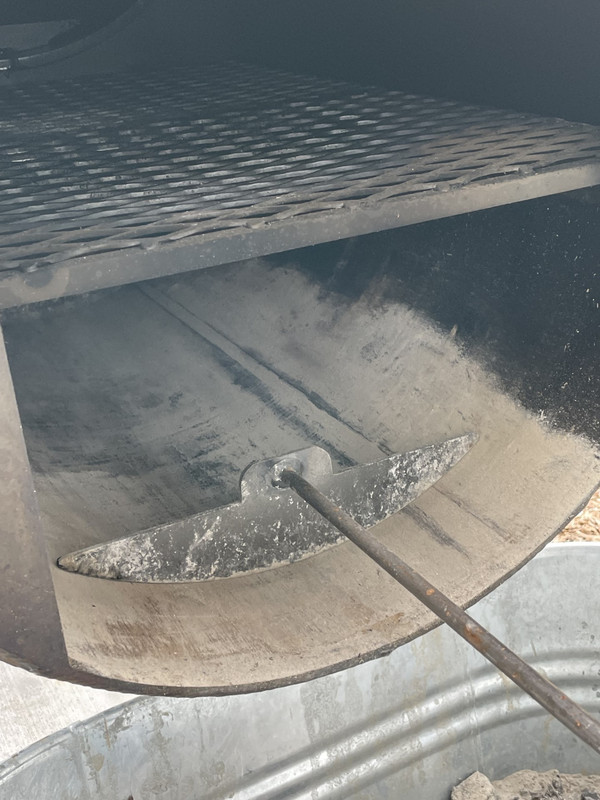

I'll start with what is already a favorite part of the design: no lip at the bottom of the firebox and an ash removal tool that not only fits the contour of the pipe perfectly but also fits inside the firebox when not in use.
This makes for the easiest charcoal/wood fire ash removal I've ever experienced.



